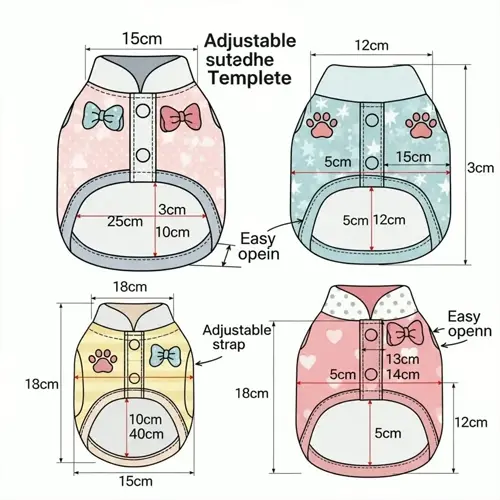What alternatives exist to crate training?

Written by
David Smith
Reviewed by
Prof. Henry Webster, Ph.D.When crate training is not suitable, effective alternatives are available to provide a haven. These options respect the dog's instinct to move freely, while giving real security. Exercise pens, baby gated rooms, and the use of a tether provide flexibility for each situation. There are behavioral programs available to address these problems without the need for confinement.
Physical Containment
- Exercise pens with adjustable panels
- Baby-gated puppy-proofed rooms
- Tethered supervision near owners
- Enrichment-focused safe zones
Behavioral Solutions
- Separation anxiety modification programs
- Destructive chewing redirection training
- House-training reinforcement schedules
- Calming protocol implementation
Exercise pens allow flexible boundaries. These standard systems, which use metal panels, create shaped areas where a pet can be more active than in a crate. A secure floor keeps a pet from digging out. Provide bedding and water for comfort. Keep pens in family rooms for social interaction. Rotate different toys for entertainment.
Choose the baby-gated rooms carefully. Select small areas to block, such as bathrooms, that can be easily blocked. Remove all hazards, such as cords. Provide orthopedic beds that are nice to sleep on. Use pheromone diffusers to reduce anxiety. Place cameras in the rooms so they can be observed remotely. Finally, start with short periods of blocked time.
Behavior modification tackles root causes. Separation anxiety protocols use progressive desensitization. Redirection of chewing offers appropriate outlets. These methods should be initiated with the guidance of a professional. Giving time and dedication provides a lasting change without the need for confinement. They build confidence during the process through positive reinforcement.
Read the full article: 10 Essential Dog Crate Training Steps

